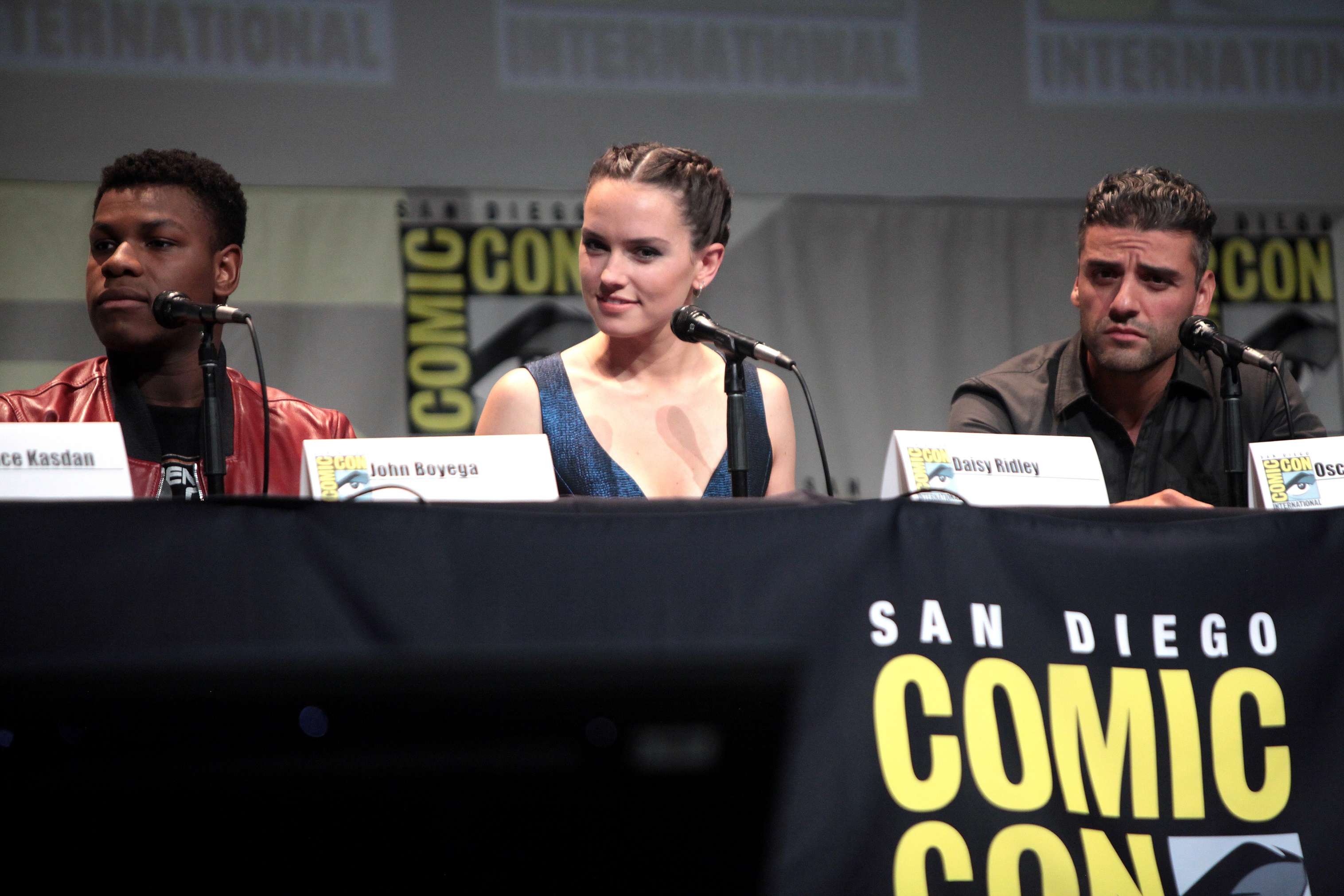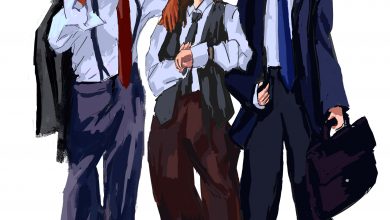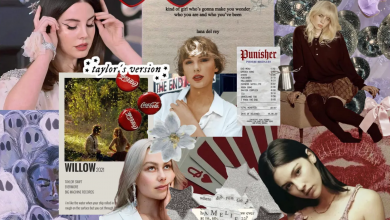“This Will Begin to Make Things Right”: The Progress in “Star Wars: The Force Awakens”

Image: “John Boyega, Daisy Ridley, & Oscar Isaac” taken by Gage Skidmore, is copyright © 2016 and made available under Attribution 2.0 license.
Jacqueline Pei contributed to this article.
Last November, we wrote on the first six episodes of Star Wars and the failings of representation in the epic, decades-spanning sci-fi series. Now, a new trilogy of movies has been launched as of December 2015 with the seventh installment, “Star Wars: The Force Awakens.”and has been smashing box office records. And it delivers: “The Force Awakens” is a fun, character-driven story for both new and returning fans to visit a galaxy far, far away.
As returning fans, it felt like a beautiful combination of the old and the new, setting the stage for something great and unexpected in the next two films. More than this, it felt like Star Wars had finally become an inclusive universe, where women and people of color could see themselves as the heroes.
This diversity was beautifully done on both large and small scales.
And the small scale details are important. In the backgrounds, there were many women and people of color both in the villainous First Order and the Resistance. Background characters in the original trilogy were overwhelmingly male and white, even to the extent where female X-wing pilots fighting for the Rebels in “Return of the Jedi” were removed from final cuts of the film. In “The Force Awakens,” however, when the film first arrives at a Resistance base, there is a wide panning shot of two women pilots running to their ships.
And it doesn’t stop there. In brief shots of planets, First Order ships, and rebel bases, there are many women and people of color (some of them in positions of power in the Resistance), making this galaxy just a little bit wider. With the numerous and varied species in the Star Wars universe, seeing diversity in the human-like species adds an element of believability in the world building.
The need for even these background characters is highlighted in the way that the fanbase has clung to certain characters. For instance, the Resistance pilot Jessika Pava, a brave fighter alongside main player Poe Dameron, has received a lot of attention. Though she only has a few lines in the film, Pava is an Asian woman–something that has been lacking before this point, despite the use of Asian imagery throughout the films. And beyond this, she is the first named woman pilot in any of the Star Wars movies. Pava has gathered quite a fanbase and has had a few expanded universe appearances. This love for such a minor character demonstrates the hunger for any sort of representation of women of color. So just as other minor characters in Star Wars history have made it big (such as Boba Fett), we can only hope that Pava’s role will be expanded greatly in further installments.
On the larger scale, the main characters of the film are incredible, non-archetypical, and multi-layered. The protagonist of the film is Rey, a young woman played by the passionate and energetic British actress Daisy Ridley. Rey is introduced as someone who has lived alone for most of her life, scraping by as a scavenger on the desert planet of Jakku. By the end of the film, it is clear that Rey is strong with the Force and the only true hope left for restoring peace. She–a bold and impassioned young woman–takes up the heroic mantle from Luke and Anakin Skywalker before her. In a powerful and climactic moment at the end of the film, the lightsaber of Anakin Skywalker races past the hand of his grandson and the villain of the film, Kylo Ren, and into the waiting hands of Rey. She is frightened but triumphant as she grasps it, with the iconic “Force Theme” playing. This is the first time in seven films it has played for a woman. This moment works as a symbolic passing of the torch to a new generation of heroes, headed by a woman.
And in the complexity of her character, Rey is refreshing. No shortcuts are taken with her character, and she is not reduced to the rigid and dehumanizing tropes that women typically are given in action films. There is a believable resourcefulness to her, with many different skills of engineering, piloting, droid communication, and combat that she has fostered over the years to survive. She is never sexualized or demeaned, although passing comments or even propositions could have been written in, considering she scraped out a living in a lawless land. Furthermore, women are often depicted as having abandoned traditionally feminine things to be seen as a “strong female character.” This does not help women, and instead says that they have to be like men to be taken seriously. However, Rey never abandons traditionally feminine things or emotions to be seen as competent. Though she is hesitant to trust others, she is not completely hard, having adventurous and awe-filled moments. She is inexperienced but not painted as silly or naive, with a heartwarming moment of her gasping at the beauty of the green plant life on the planet Takodana. Though she believes Finn’s lie about his identity, this is not painted as a weakness or a sin. In fact, her faith in Finn helps motivate him to stay and fight with the Resistance rather than run away. Rey does not need to choose between being soft and being strong. She is a beautiful combination of both.
Side note: it was absolute feminist gold (*praise hands emoji*) when the writers dismantled previous Star Wars’ and other Hollywood blockbusters’ “damsel-in-distress” tropes when Rey scoffs and rejects Finn’s insistence on holding her hand during an escape from stormtroopers.
REY: Let go of me!
FINN: No, we gotta move!
REY: (pulls her hand back) I know how to run without you holding my hand!
The other lead is Finn, a black man who was taken into the First Order as a child to be made into a stormtrooper. He is played by the playful British-Nigerian actor John Boyega, who has heartily embraced his role despite the racist reactions to his casting. And Finn as a character does not fall into stereotypes either, but has a compelling story about autonomy and choice. He is funny, excitable, cautious, and kind, but also a skilled fighter who is knowledgeable about First Order operations. Originally known as nothing but a number, FN-2187, Finn runs away at the beginning of the film after his unit was ordered to take part in a massacre in which he could not bring himself to participate. His emotional arc in the movie is finding a cause and people to fight for. And in the end, he finds friends in Poe Dameron, Resistance pilot, and Rey, who he ultimately decides to rescue rather than leave behind as he runs away. So he forges for himself a name, a family, an identity, and a cause. This is revolutionary for Star Wars, giving a new soul to the previously faceless stormtroopers and proposing the idea of an innate goodness in people that cannot be stolen or taken away.
The playful, kind and earnest aspects of Finn’s character are important not just in breaking down hypermasculinity, but the prevalent stereotypes in media of black men as angry or violent. Star Wars has had very few black characters, so the complexity and nature of Finn’s character is refreshing and all the more necessary.
The third member of our new trio is Poe Dameron, who is played by the Guatemalan Oscar Isaac. Oscar Isaac has won the hearts of the internet with his dreamy eyes, musical skills, and inescapable charm. Other than having a natural chemistry with everyone else in the film, Poe was a critical part of the plot, a skilled pilot and leader in the Resistance, and a well-developed character. To give a person of color a role so important, and to let them be at the forefront of the narrative is so refreshing compared to roles given to POC in previous Star Wars movies. Instead of being an expendable character in a largely white-cis-male driven plot, Poe and Finn show a new spirit of Star Wars that embraces diversity.
Also, given how natural Poe and Finn’s chemistry was in “The Force Awakens,” audiences have been speculating about a potential romantic relationship between them in future movies (indulge in this fan theory here, here, and here). A potentially non-stereotyped, same-gender relationship in a popular movie franchise like Star Wars would be critical to LGBT representation in films. Even if Finn and Poe’s chemistry never comes to any sort of romantic relationship, Finn had scenes of chemistry with Rey as well. And an interracial relationship between a black man and white woman is still a very important inclusion in popular media as interracial relationships do still carry a stigma in today’s society.
Nevertheless, for all of the progress Star Wars has made in this movie, which is easily one of our top three, there is still one glaring issue we are compelled to address, and that is the need for a main female character that is not white. Lupita Nyong’o did a fantastic job at portraying Maz Kanata, a character that echoes Yoda in the previous films. But she plays an alien, which does not allow her to show her identity as a woman of color. Other than Lupita Nyong’o, there was just one other woman of color with lines. In an age where intersectional feminism must be at the focus of feminism, it is increasingly urgent to include women of color in Hollywood films. It goes beyond casting; it goes all the way to the initial writing of screenplays and scripts. Nobody phrases it better than Viola Davis did in her 2015 Emmy victory when she won for Best Actress in a Drama, the first woman of color to win the award:
“‘In my mind, I see a line. And over that line, I see green fields and lovely flowers and beautiful white women with their arms stretched out to me, over that line. But I can’t seem to get there no how. I can’t seem to get over that line.’
That was Harriet Tubman in the 1800s. And let me tell you something: The only thing that separates women of color from anyone else is opportunity.
You cannot win an Emmy for roles that are simply not there.”
Media cannot continue to champion their idea of what feminism is without creating complex roles for women of color in films and television. Intersectionality is at the heart of gender equality, and without it, everything that is touted as feminism is an unfortunate delusion concocted by the white-cis-male supremacist patriarchy (see: MY FEMINISM WILL BE INTERSECTIONAL OR IT WILL BE BULLSHIT!).
So for the next Star Wars, let’s see and hear more from women of color. Let’s see more of Captain Phasma and pilot Jessika Pava, who were only given a few appearances with lines. There is a ton of opportunity to develop these badass female characters whose roles were historically held by white men in the Star Wars universe.
The new Star Wars left our hearts full of hope for a more just universe and amended the errors of previous movies. The progress we saw in this installment was clear and optimistic. But women of the world are not able to celebrate fully when there is still progress to be made, faces to be seen, and voices to be heard.




